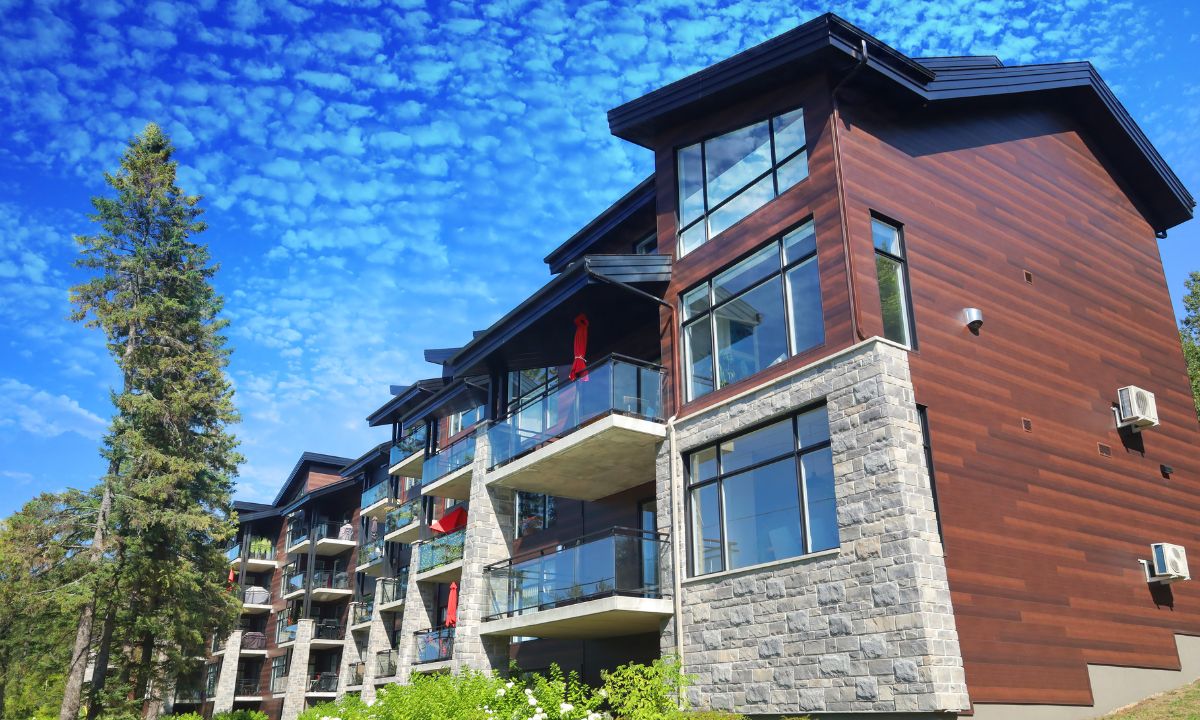 Multifamily residential buildings are at a greater risk for fire because they contain more kitchens, furnaces, water heaters, and other elements that can pose opportunities for a fire to start. Fire safety in multifamily housing is influenced by the design of the building, its fire protection features, the quality of materials used in the building’s construction, the building’s contents, and overall maintenance.
Multifamily residential buildings are at a greater risk for fire because they contain more kitchens, furnaces, water heaters, and other elements that can pose opportunities for a fire to start. Fire safety in multifamily housing is influenced by the design of the building, its fire protection features, the quality of materials used in the building’s construction, the building’s contents, and overall maintenance.
A balanced design comprises three elements: detection, suppression, and compartmentation.
Detection: Accurate, early warning is the first line of defense. Detectors that respond to light smoke are important. Each dwelling unit should be equipped with detectors in all sleeping rooms and adjacent areas, and on each level of the building, including the basement.
Detectors should be wired into a continuous power supply. Smoke detectors are vulnerable to lack of maintenance or faulty power supply, so they should be maintained and tested regularly.
Suppression: Suppression methods, such as automatic sprinkler systems, control a fire at the point of origin. While not designed to extinguish a fire, sprinklers are effective in controlling a fire until it can be extinguished. Automatic sprinklers are vulnerable to system failures due to inadequate maintenance and inspection or inadequate water supply.
Sprinklers are not intended to control electrical and mechanical equipment fires or fires of external origin, such as those from adjacent buildings, trash fires, and brush fires.
Compartmentation: Compartmentation limits the extent of fire by dividing a building into fire compartments enclosed by firewalls and fire-rated floors and ceilings. Compartments minimize the spread of toxic fumes and smoke. They also provide safe areas of refuge when evacuation is not possible.
Floor and wall elements forming the boundaries of each compartment should have a fire-resistance rating of at least two hours and should be constructed of noncombustible materials that are capable of preserving the structural integrity of the building throughout the duration of the fire.

